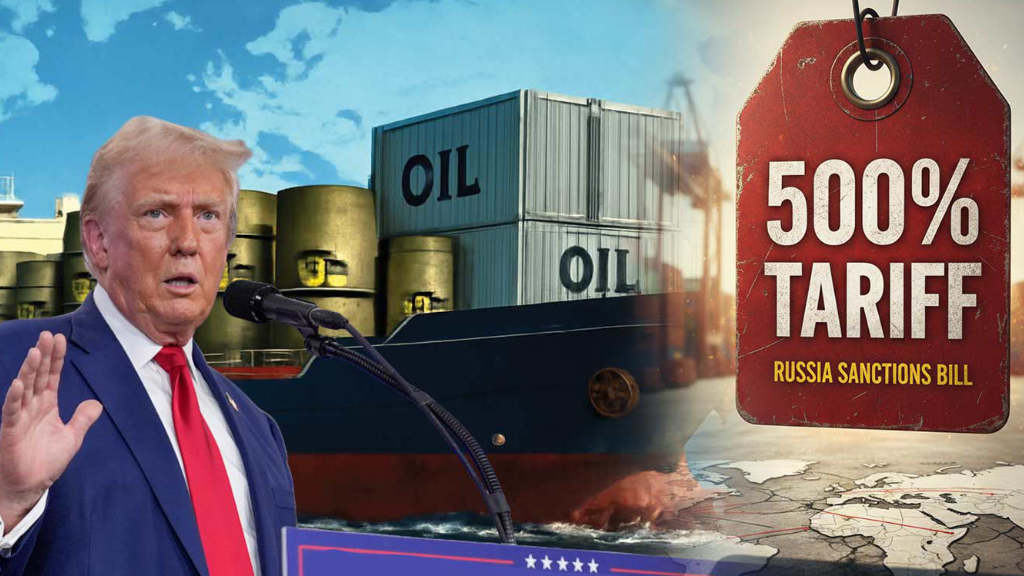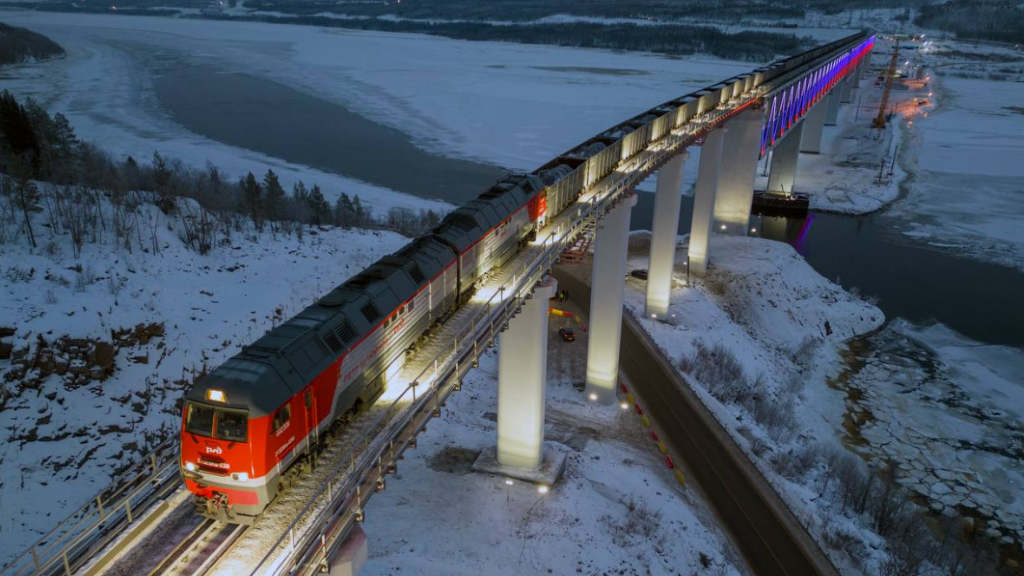The Russian Ministry of Industry and Trade is preparing updates for what will be a national directive under the banner “International Cooperation and Export” where the main emphasis will be on the reorientation of non-resource, non-energy exports to countries in Africa, Southeast Asia, and Latin America. The updated national project will be operational until 2030 when it will be reviewed.
This effectively means that Moscow believes the current situation, and the reorientation of logistics flows to the Global South and away from Europe will continue for at least another six years.
The Ministry has emphasised that the new version of its national project provides for the reorientation of non-resource, non-energy exports to new “friendly markets.” The previous version of the directive concentrated on increasing trade volumes with the Eurasian Economic Union. Now the Global South – Africa, Southeast Asia and Latin America are being targeted as a national development priority.
In order to reorient exports, the Ministry intends to focus on rolling out pertinent transport corridors, primarily the North-South corridor, and launching regular container services to countries in Africa and Latin America. The North-South corridor exits Russia via the Caspian Sea, and heads south by shipping to Iran’s Caspian Sea ports, travelling further south to its Ports on the Persian Gulf. From there, goods can be shipped throughout the Middle East, South to Eastern Africa, West to Latin America and East to South Asia.

The Ministry intends to introduce a special subsidy mechanism that will partially compensate Russian logistics operators for organising freight transportation to priority areas. Secondly, Russia will finance the creation of the necessary logistics infrastructure at the support points of transport corridors in other countries. Funding will come from the Federal Treasury.
It is expected that by 2030, Russia’s non-resource, non-energy exports should grow to US$248.1 billion, of which US$192.9 billion will be for industrial products, and US$55.2 billion will be for agricultural products.
Since the introduction of Western sanctions in 2022, export-import flows between Russia and the EU, USA, UK, Japan, Australia, and so on were severely limited. In response, Russia was forced to actively develop trade with other countries. China, rather than the EU became Russia’s main trading partner; while at the same time, cargo turnover with Turkiye, the UAE, India and other countries in Asia and the Middle East began to grow.
Russia’s decision to prioritise trade with the Global South rather than the West has economic impacts on the West too, and especially Europe. Russia has successfully managed to replace direct imports from Europe through three main routes: Purchasing the same products via third party countries such as Armenia, Kazakhstan and Turkiye; Purchasing similar products made elsewhere, and primarily in Asia, and by developing its own manufacturing industry to produce domestic replacements. This policy has succeeded in most areas.
In contrast, Europe’s main imports from Russia were cheap energy. That benefit has now disappeared with energy being sourced at higher prices elsewhere, including the United States. This has eaten into European manufacturing competitiveness and appears likely to continue to do so while Russia continues to prioritize and fund trade expansion and development in non-European markets.
To illustrate the impact of this, the Purchasing Managers Index is a standard created by Institute of Supply Management to assess demand for manufactured products on a country by country basis, and therefore its productivity and development. A figure above 50 represents growth, figures below 50 a recession. The Eurozone is currently at 47.4, while Russia’s PMI is at 54.3, nearly seven points higher.
Further Reading
Russia and the North-South Corridor
The development of the North-South Corridor and the related International North-South Transportation Corridor and the Middle Corridor (Europe-Asia) are extensively discussed in our 2024 Russia’s Pivot To Asia guide. This is a complimentary download and may be accessed in English here and in Russian here.





